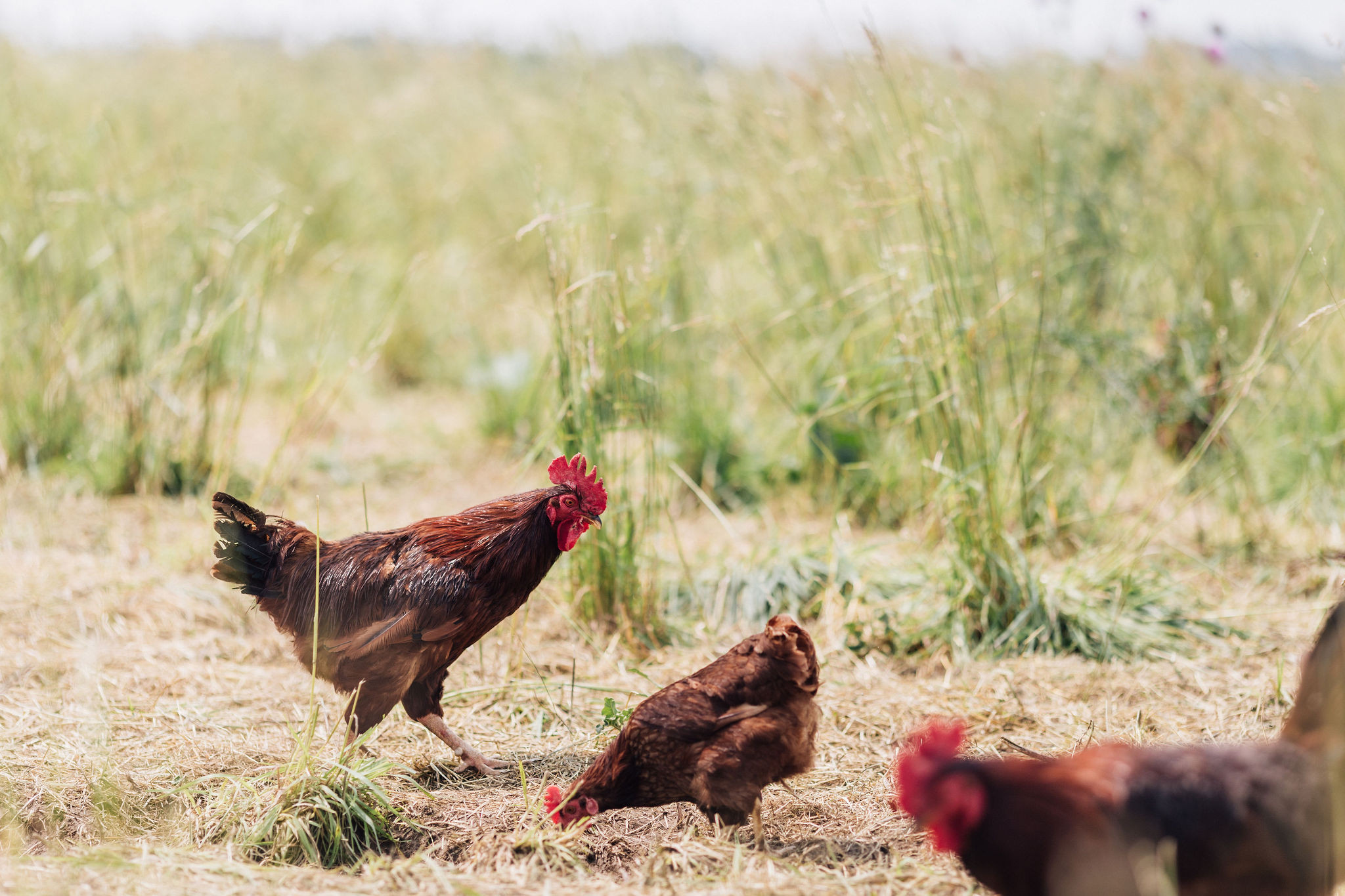Three buttermilks and why you should use them
posted on
July 12, 2018
On my recent farm visit, I was schooled by the farm staff on how to make fresh dairy products. I watched them make everything – many varieties of yogurt, kefir, cottage cheese, sour cream, butter, pudding, and more!
The one product that I found most interesting was buttermilk. By coincidence, a member just suggested this as a newsletter topic. So here we go…
Buttermilk is a fermented milk that is sour and tangy and so very versatile.
Drink it by the glassful (it’s an acquired taste) or use it as an ingredient in endless recipes.
The farmer swears by buttermilk as a remedy for a sour throat.
It’s also a great tenderizing marinade for meat. Tenderizing is especially important when you choose 100% pastured meats fed a natural diet, which are much tougher than grain-fed sedentary animals.
Buttermilk is a byproduct of making dairy products. It’s most notable for being a byproduct of butter. However, buttermilk can come from many different dairy processes.
Miller’s Bio Farm makes three different buttermilks:
Buttermilk, Byproduct of Butter: This is the real deal buttermilk. To make butter you need cream. Cream is the fatty part of the milk. You churn the cream, and the fat separates from the milk. The leftover milk – buttermilk – is a thin brown tangy low-fat milk with clumps of fat. Those clumps of fat are admittedly odd, but a great sign that the buttermilk was actually made through churning.
Buttermilk, Byproduct of Cultured Butter: To make cultured butter, you add a sour cream culture to warm cream. The cultured cream is then churned into butter. The leftover buttermilk is similar to the byproduct of fresh butter, but has a greater quantity and variety of cultures in it.
Buttermilk, Made with Sour Cream: This is the readily available stuff that’s found in stores. It’s not a “true buttermilk”, but it’s what’s expected by most modern American consumers. A dollop of live sour cream is dropped into fresh milk and let culture for 24 hours. What you get is a thick, tangy milk.
When it comes to nutrition and healing, buttermilk is near miraculous!
Buttermilk is high is protein, low in fat, and has about 100 calories per cup.
Much of the lactose is converted into acid, which is a big plus for folks with dairy sensitivity.
Buttermilk is probiotic and contains a wide range of essential vitamins and minerals, including calcium, iron, magnesium, phosphorus, potassium, sodium, zinc, and riboflavin.
Buttermilk has been shown to help fight off cancer cells and reduce inflammation, reduce blood pressure, help lower cholesterol, and aid in irritable bowel syndrome. And, as noted earlier, the farmer’s family uses it to treat sore throats!
Buttermilk can be used in all kinds of cooking and baking, lending a unique flavor to each recipe. However, to keep all nutritional benefits of buttermilk, you need to consume it raw.
I like to make simple buttermilk dressing, which can be taken in so many flavor directions.
In a small bowl, whisk together ½ cup buttermilk, ¼ cup mayonnaise, 1 tsp lemon juice, ½ tsp salt, and ½ tsp black pepper.
It’s great on salads and also makes a nice dipping sauce for vegetables or hot chicken wings.
You can spice it up in so many ways. Mix in 2 Tbs. of chopped fresh herbs. Make it garlicky by adding 1 minced clove of garlic. Spice it up with some Sriracha. Make a lovely blue cheese dressing by stirring in some blue-cheese crumbles to taste.




